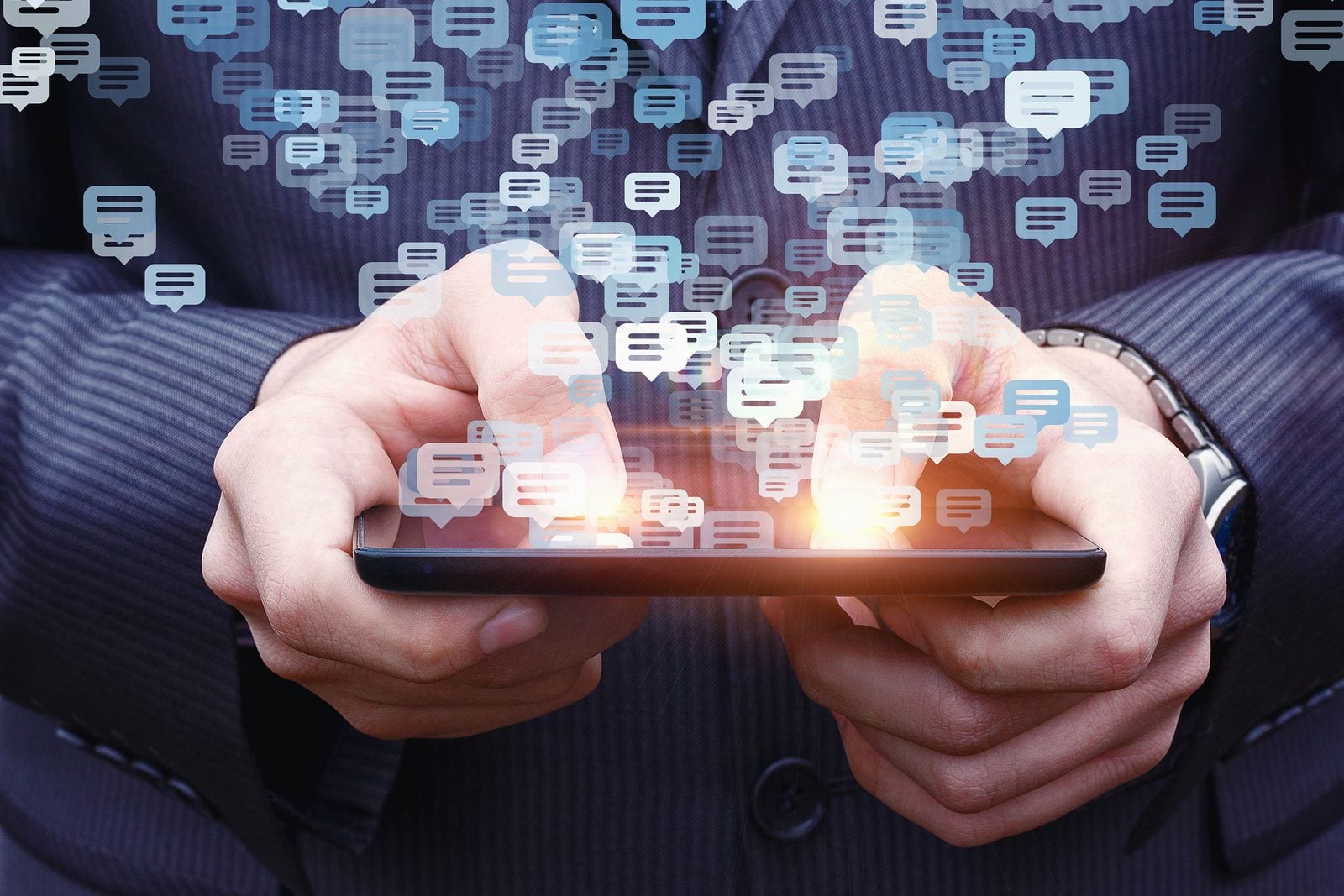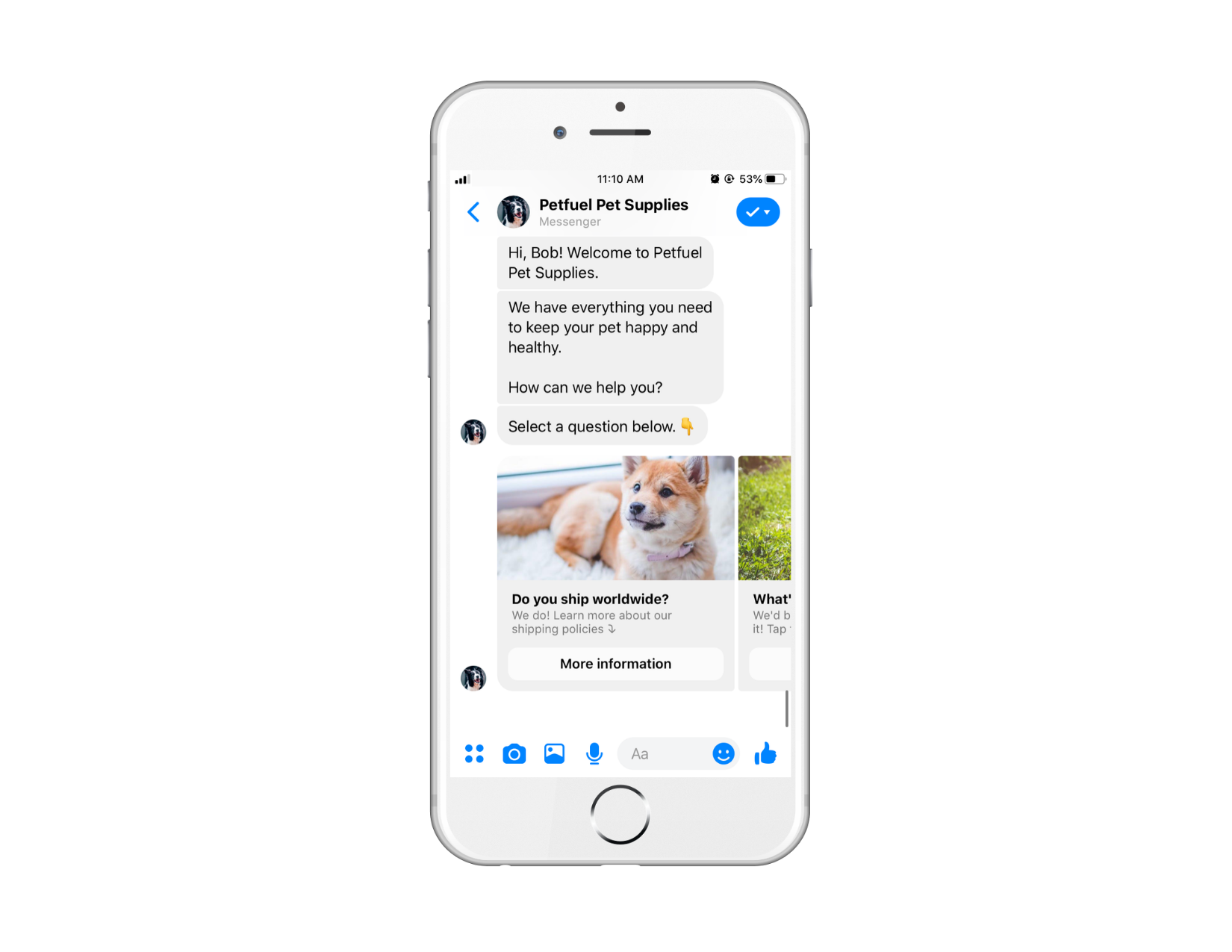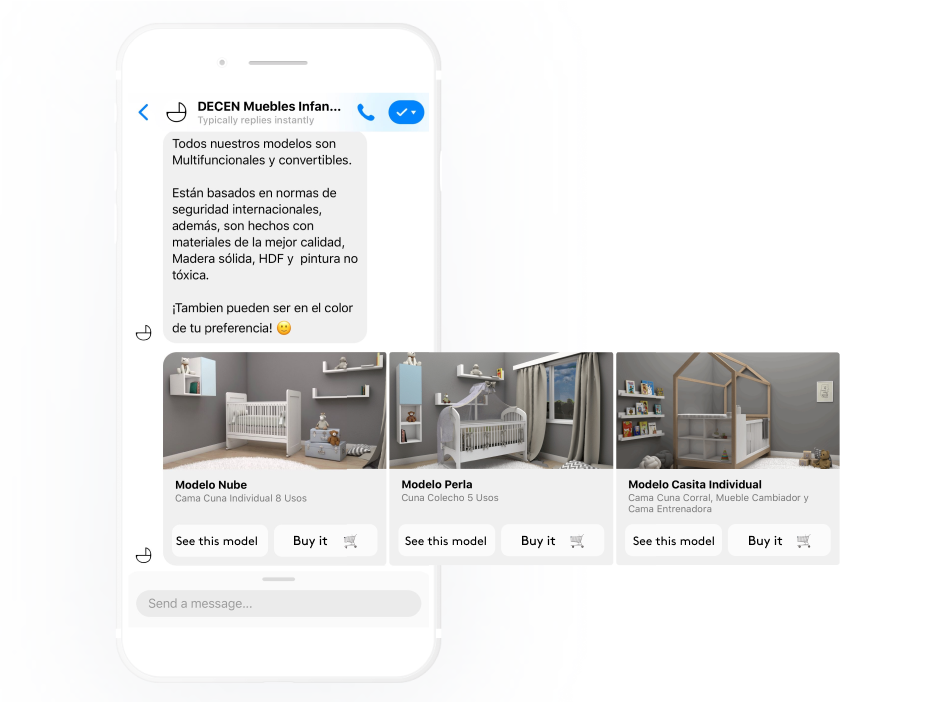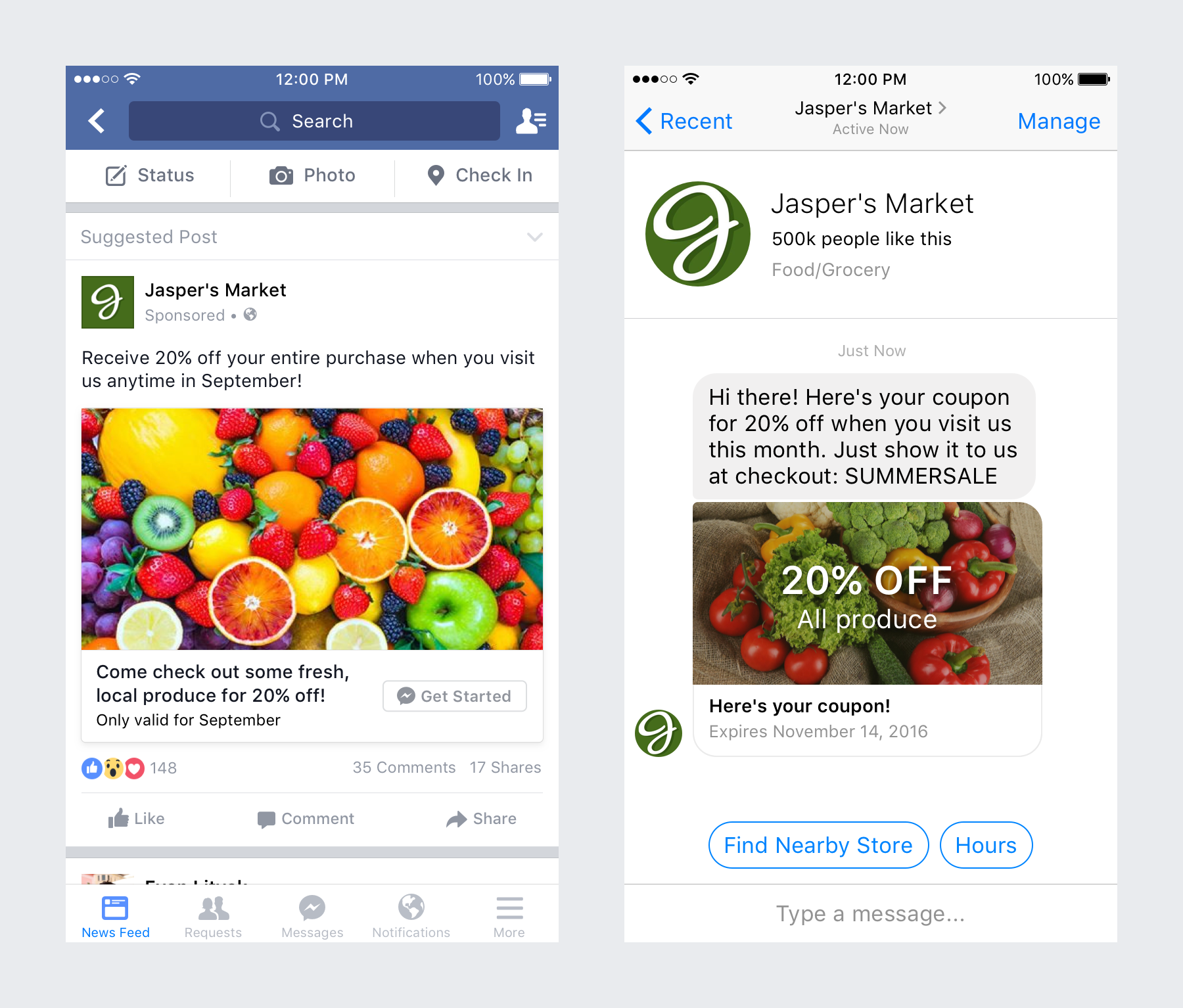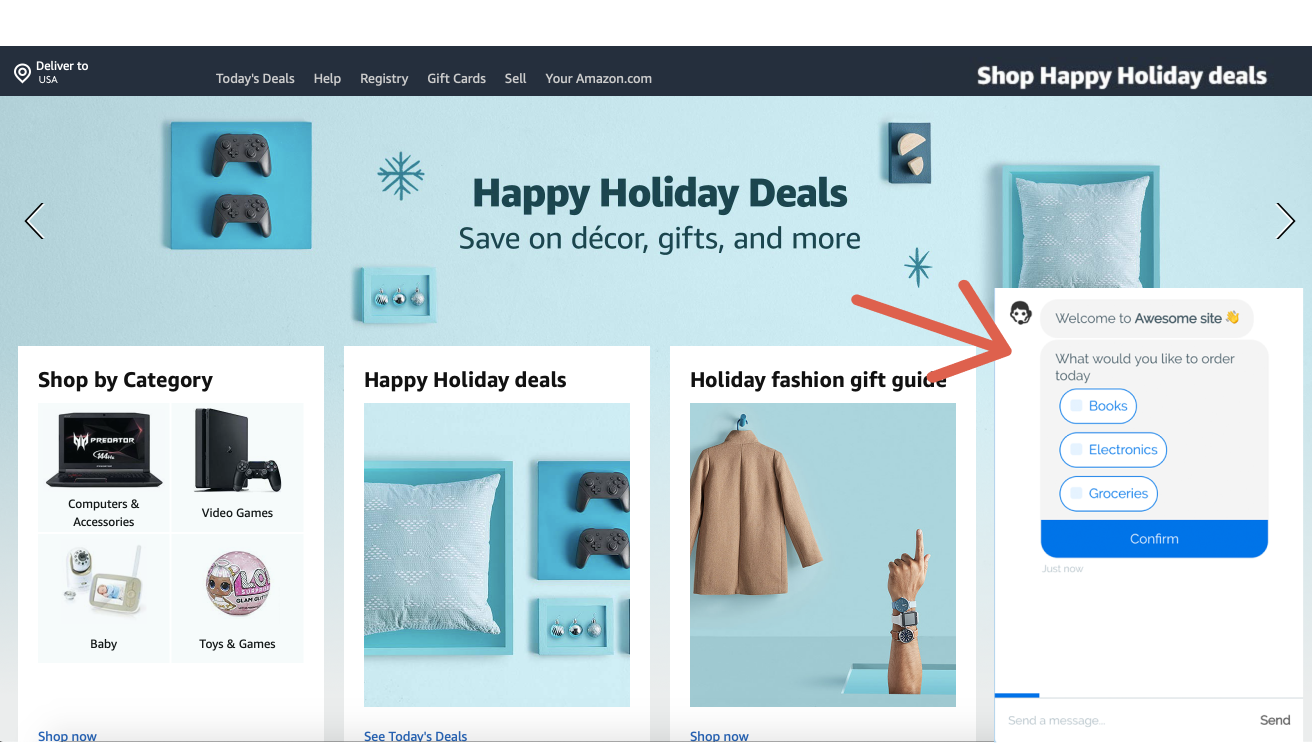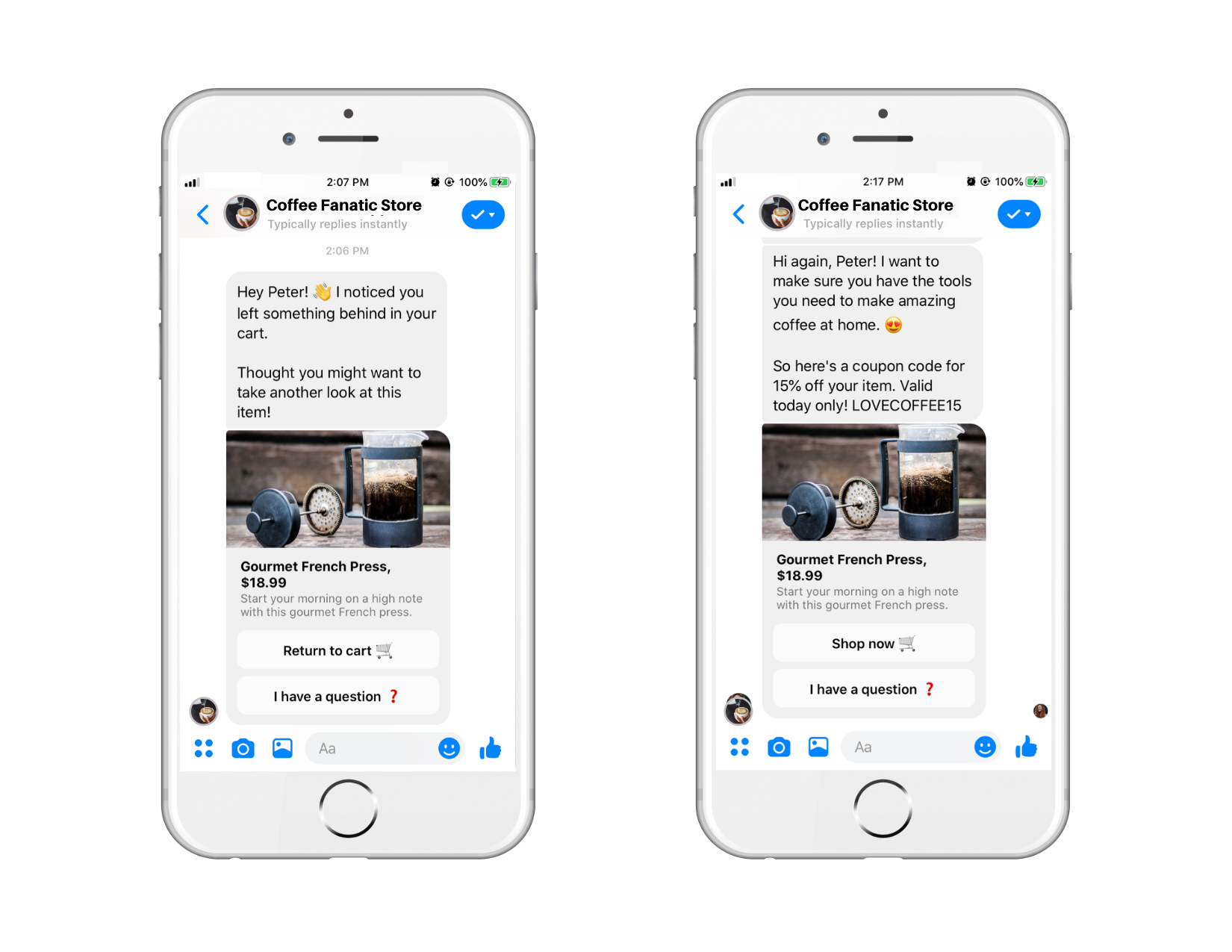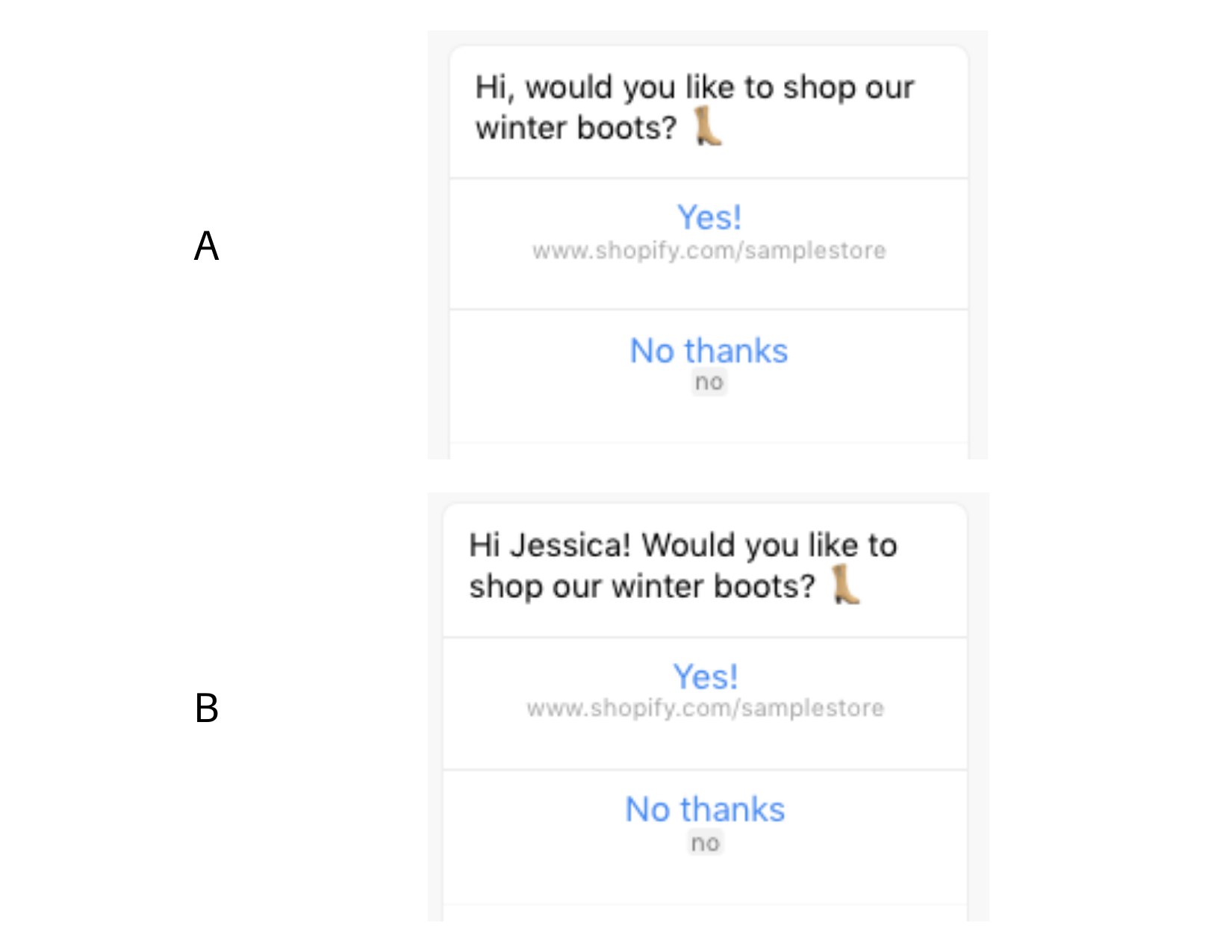The way brands sell online is changing. The one-size-fits-all approach is not as practical as it once was, with consumers now looking for more personalized experiences. Chatbots are a useful new solution to the challenge of customizing and automating eCommerce sales at scale.
Chatbots built for Facebook Messenger especially have seen a surge in popularity for eCommerce stores, because:
- They’re easy to build, thanks to no-code platforms. That means small- and medium-sized businesses can harness the power of bots to be more competitive with larger companies.
- They make it easy for you to tap into Facebook Messenger’s audience of data-target-href=”https://www.socialmediatoday.com/news/facebook-messenger-by-the-numbers-2019-infographic/553809/”>1.3 billion monthly users. Messenger bots let you communicate with prospects and customers in a conversational way, on a platform where they already spend time.

As a result, Messenger bots make a great solution for online retail businesses of all sizes, whether you have an established store or are just starting out. To get more sales for your eCommerce shop with a chatbot, you’ll need to:
- Build an effective bot with the right functionalities
- Get prospects and customers to your bot
- Bring users back to your bot if they leave
- Analyze your chatbot’s performance and optimize for best results
Here’s what you need to know to work through each step, so you can have a sales-boosting bot up and running in no time.
#1. Build an Effective Bot
User-friendly, no-code platforms have made building a chatbot easier than ever. You can data-target-href=”https://www.udemy.com/course/chatfuel-complete-guide-messenger-bots/”>learn the basics to create your first bot in an afternoon. Then, ensure it includes these elements to make a maximum impact on your bottom line:
- Your brand story. Even if it’s brief, add some sort of About Us or Our Story section to your bot. Use photos and video to make it even more engaging. Brand storytelling is becoming more and more important when consumers decide where to spend their money, and your chatbot is a great channel for doing this in a bite-sized way.
- FAQs. A well-built bot can handle up to data-target-href=”https://www.invespcro.com/blog/chatbots-customer-service/”>80 data-target-href=”https://www.invespcro.com/blog/chatbots-customer-service/”>% of routine customer inquiries, and making the FAQs from your website available in your bot is easy. That way, you won’t lose out on a sale just because a prospect couldn’t find the answer to their question. You can even give your bot alive-chat option, so users can connect to a human agent if they have a more complex issue or question.

- You can set your bot up to respond to FAQs in minutes.
- Product images and links. Chatbots offer a new format for users to browse and learn about your top products. Display clear, eye-catching images in a scrollable gallery format. Make sure each item is shown with its basic information, plus a link to your store where users can find out more and/or purchase.

- Display product images in your chatbot so users can browse and click through to your site to purchase.
#2. Get Prospects and Customers to Your Bot
No matter how well-built your chatbot is, it won’t be effective unless it has subscribers, or reachable users, to engage with. Depending on your bot’s purpose, you may want to attract one or both types of subscribers:
- Prospects. Get them into the sales funnel, which can begin in your bot.
- Customers. Attract them to your bot so they become subscribers, who you can retarget in the future to get repeat business.
There are lots of different ways to bring people to your chatbot, especially if it’s a Messenger bot.
Link Your Bot to Facebook Ads
Facebook Ads Manager offers an ad type specifically to bring users to Messenger. It’s called the data-target-href=”https://developers.facebook.com/docs/messenger-platform/discovery/ctm-ads/”>click-to-Messenger ad. They appear in the News Feed like other types but, when clicked, direct the user to a conversation with your bot in Messenger.
To make this an effective path, the first message your bot sends (once the user has clicked) must promote interaction. Because after a user responds to it once, they officially become your bot’s reachable subscriber. From then on, you’ll be able to contact them with offers and other sales content using data-target-href=”https://developers.facebook.com/docs/messenger-platform/discovery/sponsored-messages”>sponsored messages—another Facebook Messenger ad placement.

- Use a Facebook ad to promote an offer, then have your bot deliver it once the user clicks.
Set Your Bot to Respond to Facebook Post Comments
If your Facebook page already gets engagement, take advantage of it with a bot. Create an engaging post on your page—one that asks a question, introduces a contest, or promotes a giveaway.
Then, you can data-target-href=”https://blog.chatfuel.com/acquire-chatbot-subscribers-from-facebook-post-comments/”>set your Messenger bot to auto-respond either to all comments left on it, or only those that contain a keyword/phrase. From there, it can offer a coupon, share helpful brand-related content, or even let the user browse products within Messenger.
Add Your Bot to Your Website
You can also set your Messenger chatbot to pop up and offer help to website visitors. Chatbots can act as personal shoppers, and recommend products based on a user’s responses to its questions. So if a lead is already on your website, your bot can appear with a helpful message to start guiding them through the shopping process—all the way to a purchase.

- You can set up a chatbot to ask users questions about what they’re shopping for. It can then recommend products based on a user’s needs or preferences.
Finally, you can simply share the link to your bot on other channels to get more subscribers. Every Messenger bot has a link that will lead to its welcome message. Or, you can use a REF link to send those who click to a particular section of your bot. Share either link on social media or in email campaigns to tell people about your bot and how it can serve them.
#3. Bring Users Back to Your Bot
A Messenger chatbot is an excellent tool for bringing users back to your brand. It’s useful in two main contexts:
- bringing prospects who abandoned their carts back to purchase
- bringing past customers back for repeat business
Bring Prospects Back to Purchase
As mentioned, a chatbot can act as a sales funnel, with the goal of getting subscribers to your store to make a purchase. Even if the shopper leaves along the way, your bot can bring them back. It’s a great tool to help you combat the data-target-href=”https://baymard.com/lists/cart-abandonment-rate”>69.57% cart-abandonment rates eCommerce businesses face on average.
Set your bot to data-target-href=”https://blog.chatfuel.com/the-key-to-incredibly-effective-abandoned-cart-reminders/”>automatically send abandoned-cart reminders to shoppers who opt into receiving them on your website. The messages can include engaging text, product images, a link to your store, and even a discount as an incentive to buy. Look forward to recovering up to 7x more abandoned-cart revenue this way than with email reminders.

- A bot can send abandoned-cart reminders to bring prospects back to complete their purchase.
Bring Customers Back for Repeat Business
data-target-href=”https://www.forbes.com/sites/jiawertz/2018/09/12/dont-spend-5-times-more-attracting-new-customers-nurture-the-existing-ones/#7e7c812f5a8e”>It can cost 5x more to attract a new customer than to retain one you already have. Even if a customer has already purchased from you, your bot can bring them back to buy again.
Use sponsored messages (a paid Facebook-ad placement via Messenger) to draw customers in again. They can contain a sale notification, a coupon code for their next purchase, or anything else that will entice your audience to buy from you again.
You can also use a bot to send information about your referral or affiliate program, so your current customers can bring you new ones. data-target-href=”https://www.invespcro.com/blog/referral-marketing/”>Referral leads convert 30% better than those from other channels, so using your chatbot to get more is worthwhile for your business.
#4. Analyze Your Bot’s Performance
As with any sales or marketing strategy, constant testing and iteration are crucial. Once you’ve built your bot, you’ve got to monitor its results so you know what’s working and what to improve. Keep track of your bot’s performance (in terms of the number of new users, retention rates, conversion rates, etc.) to identify and correct bottlenecks or drop-off points.
Certain chatbot-building platforms will offer native stats and analytics to help you optimize. It’s also wise to A/B test different elements of your bot to see what’s performing best. Try two different welcome messages, CTAs, or image formats to see which your audience responds to best, just as you would with an email or ad campaign.

- A/B test different aspects of your chatbot to make sure it’s getting maximum conversions for your store.
Thinking About Trying out a Chatbot for Your Store?
Chatbots bring the conversation back to commerce, which makes them especially useful tools for online retail stores. Engage prospects and customers automatically and at scale to improve the user experience and, of course, get more sales.
Have you considered adding a chatbot to your eCommerce sales strategy? Why or why not?
phone chat -DepositPhotos

